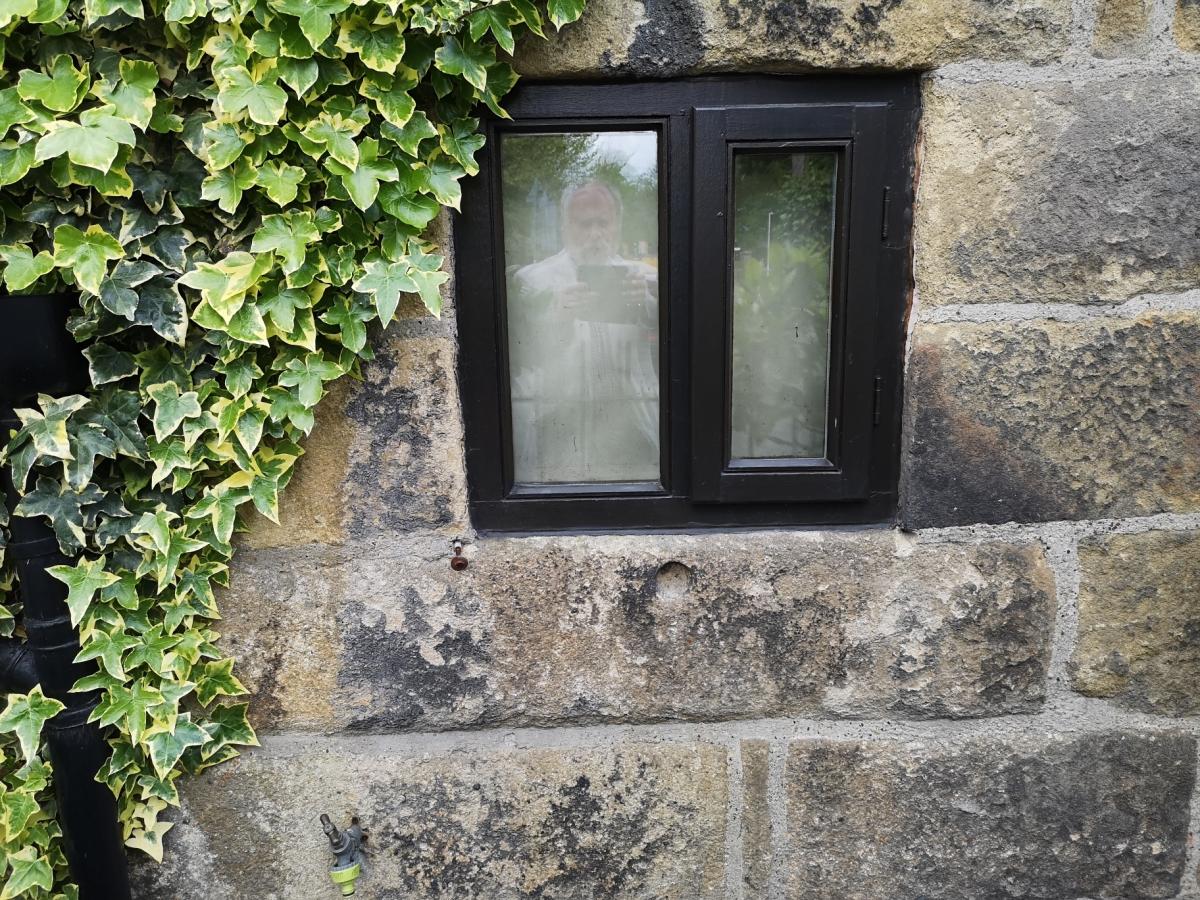Few signs now remain of a once-thriving centuries-old industry, writes Robin Longbottom
IN the stone sill of a ground-floor window in the Old Manor House, at the bottom of the high street in Sutton-in-Craven, is a circular depression known as a wuzzing hole.
It is one of the last tangible reminders of a centuries-old industry that had disappeared from the Keighley and South Craven area by the mid 18th century.
Since Tudor times the district had been a major producer and exporter of a coarse woollen cloth known as kersey. The local breed of sheep grew short staple wool, and this was ideally suited to its production. Once the sheep had been sheared the wool had to be washed before it could be spun into yarn. To speed up the drying process, wet wool was put into a wicker basket, a long stick was pushed through it and one end put into a hole in a wall, or post, the other end then being turned vigorously to wuzz, or whiz, the basket around and expel the water. After drying, the wool was carded to untangle the fibres before being spun.
Weaving was done on a narrow loom and a loose web of cloth about three feet wide was woven. The width of the cloth was fixed by the distance that the weaver could comfortably throw the shuttle from one hand to the other. The cloth then had to be felted to give it a firm structure and this was achieved by a process known as fulling. Fulling had been done since ancient times by men who first folded and then placed the cloth into a tub of water mixed with fuller’s earth. The men, known as fullers, or walkers, then climbed into the tub and trampled on the cloth. As they performed their task the fuller’s earth, a type of clay, absorbed the lanolin and other oils and the cloth was cleansed and shrunk.
Fulling was the first textile process to be fully mechanised and by the Tudor period fulling mills are recorded in the Keighley area. The town had two mills, the appropriately named Walk Mill and Ingrow Mill. They stood on the banks of the River Worth and were water powered. For both mills the water was drawn from the river along a goit that then fed directly onto the waterwheel. Shafts and gears then operated fulling stocks – large, automated wooden hammers that dropped at regular intervals and pounded the cloth in the ‘tub’.
After the cloth was trodden by foot, or pounded by fulling stocks, it was then attached to a wooden frame by tenter hooks. Known as a tenter frame, the lower bar could be adjusted to stretch the cloth whilst it dried. The frames stood in rows in the open air and their location is still recalled in names such as tenter field and tenter croft. The tenter field in Sutton was near the bottom of Ellers Road at the top of the village. Thefts occasionally occurred, but a man could be hanged for cutting the tenters and stealing cloth, and in Halifax the offence was punished by beheading on the gibbet, an early form of guillotine.
Once it had dried, the cloth was then finished by cloth dressers, or croppers. The nap was first raised by drawing a frame of teasels across the surface. It was then laid across a table and trimmed smooth with huge shears, four feet in length and weighing up to 40lbs.
The production of woollen cloth in our region was gradually replaced by that of worsted. By the mid 18th century tenter fields had returned to agriculture and in Keighley, Walk Mill was converted to ribbon making and then cotton spinning and Ingrow Mill to paper making.







Comments: Our rules
We want our comments to be a lively and valuable part of our community - a place where readers can debate and engage with the most important local issues. The ability to comment on our stories is a privilege, not a right, however, and that privilege may be withdrawn if it is abused or misused.
Please report any comments that break our rules.
Read the rules hereLast Updated:
Report this comment Cancel